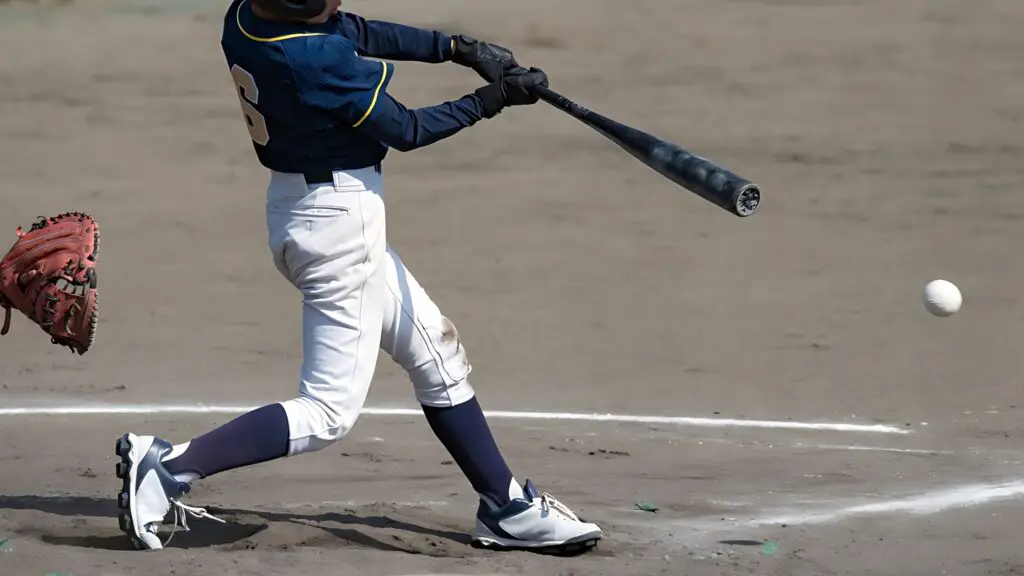Pitching drills for young pitchers focus on developing accuracy, strength, and proper mechanics. These drills ensure a solid foundation for future growth.
Young pitchers need structured drills to enhance their skills and build confidence on the mound. Effective pitching drills improve accuracy, arm strength, and overall mechanics. Consistency in practice helps young athletes develop muscle memory and refine their technique. Drills like the towel drill, balance drill, and long toss are essential.
Coaches should emphasize proper form to prevent injuries. Regular practice and feedback are crucial for young pitchers’ progress. Engaging drills keep young players motivated and focused. Developing good habits early sets the stage for long-term success in baseball.
Warm-up Exercises
Warm-up exercises are crucial for young pitchers. They help prepare the body for intense activity. This section covers stretching routines and dynamic movements. These exercises are essential for preventing injuries and enhancing performance.
Stretching Routines
Stretching routines improve flexibility and muscle coordination. These exercises should be done before pitching.
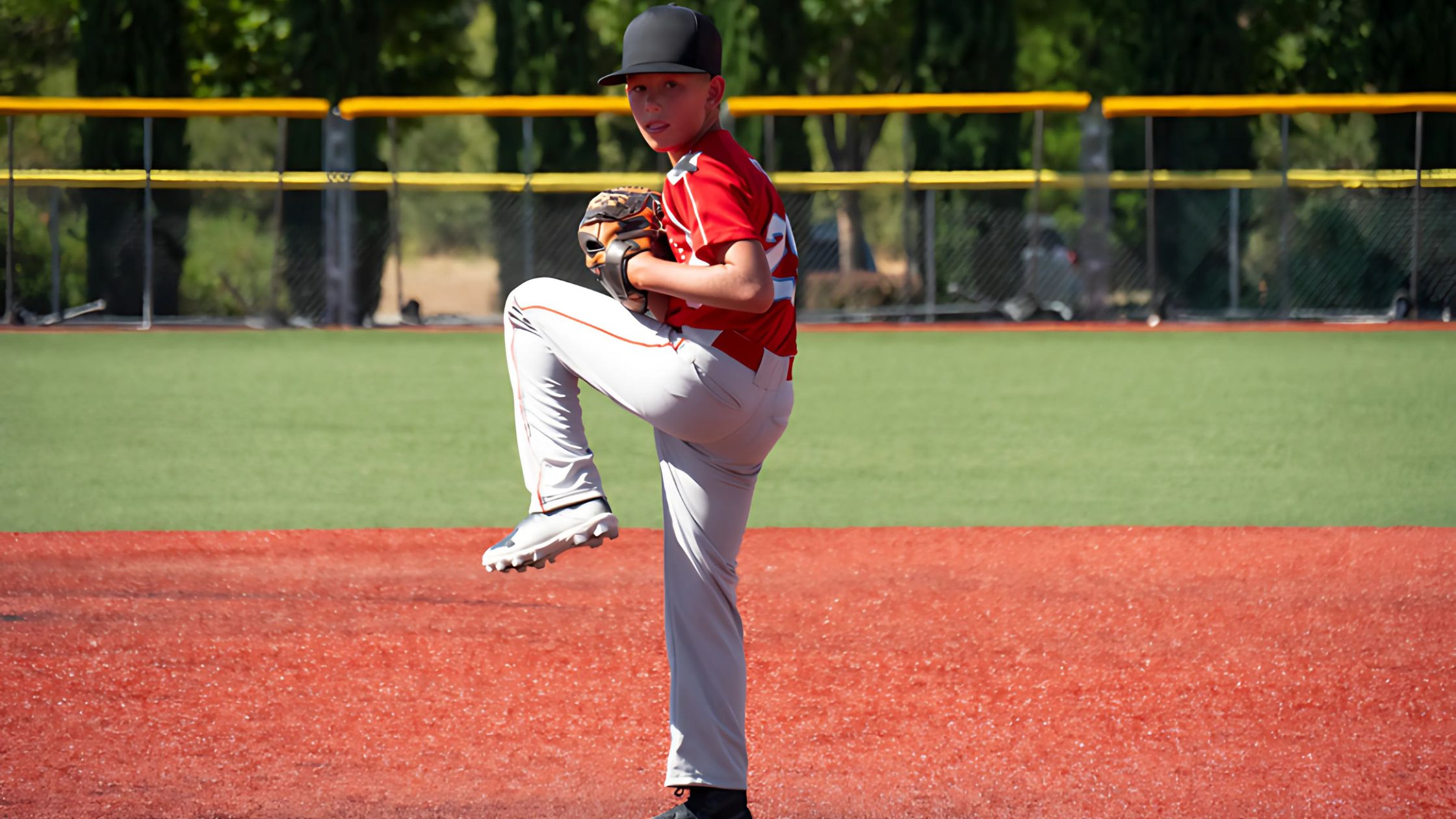
Here are some effective stretching routines:
- Arm Circles: Extend arms and make small circles. Gradually increase the size.
- Triceps Stretch: Raise one arm, bend it behind your head, and use the other hand to press gently.
- Hamstring Stretch: Sit on the ground, extend one leg, and reach for your toes.
- Shoulder Stretch: Cross one arm over your chest and use the other arm to pull it closer.
Dynamic Movements
Dynamic movements are essential for activating muscles and increasing blood flow. These exercises are more active than static stretches.
Some beneficial dynamic movements include:
- High Knees: Run in place, lifting knees as high as possible.
- Butt Kicks: Run in place, kicking heels towards the buttocks.
- Leg Swings: Swing one leg forward and backward, then switch legs.
- Walking Lunges: Step forward into a lunge, then bring the back leg forward to stand.
Remember, these exercises should be done in a controlled manner. They should not cause pain. They are meant to warm up the muscles and prepare the body for pitching.
Balance And Stability
Young pitchers need balance and stability to succeed. These skills help them throw accurately and prevent injuries. Let’s explore two key drills to enhance these abilities.
Single-leg Stands
Single-leg stands are simple yet effective. They help pitchers build balance and stability. Follow these steps:
- Stand on one leg.
- Hold the position for 30 seconds.
- Switch to the other leg.
- Repeat three times per leg.
For added difficulty, try closing your eyes. This drill strengthens the ankles and core. It also improves overall balance.
Core Strengthening
A strong core supports balance and stability. Core muscles include the abs, back, and hips. Here are some effective exercises:
| Exercise | Reps/Sets |
|---|---|
| Plank | 3 sets of 30 seconds |
| Russian Twists | 3 sets of 15 reps per side |
| Leg Raises | 3 sets of 10 reps |
These exercises make the core stronger. A stronger core leads to better pitching performance. Include these in the daily routine for best results.
Proper Grip Techniques
Young pitchers must learn proper grip techniques to improve accuracy and speed. The grip affects the ball’s movement. Two common grips are the Four-Seam Grip and the Two-Seam Grip. Mastering these can make a big difference in your game.
Four-seam Grip
The Four-Seam Grip is essential for straight, fast pitches. Follow these simple steps:
- Hold the ball with your index and middle fingers across the seams.
- Your thumb should rest underneath the ball, directly between the two fingers.
- Make sure your ring and pinky fingers are relaxed but supportive.
This grip creates less friction with the air, making the ball travel faster and straighter. Use this grip for fastballs and to control the ball’s direction.
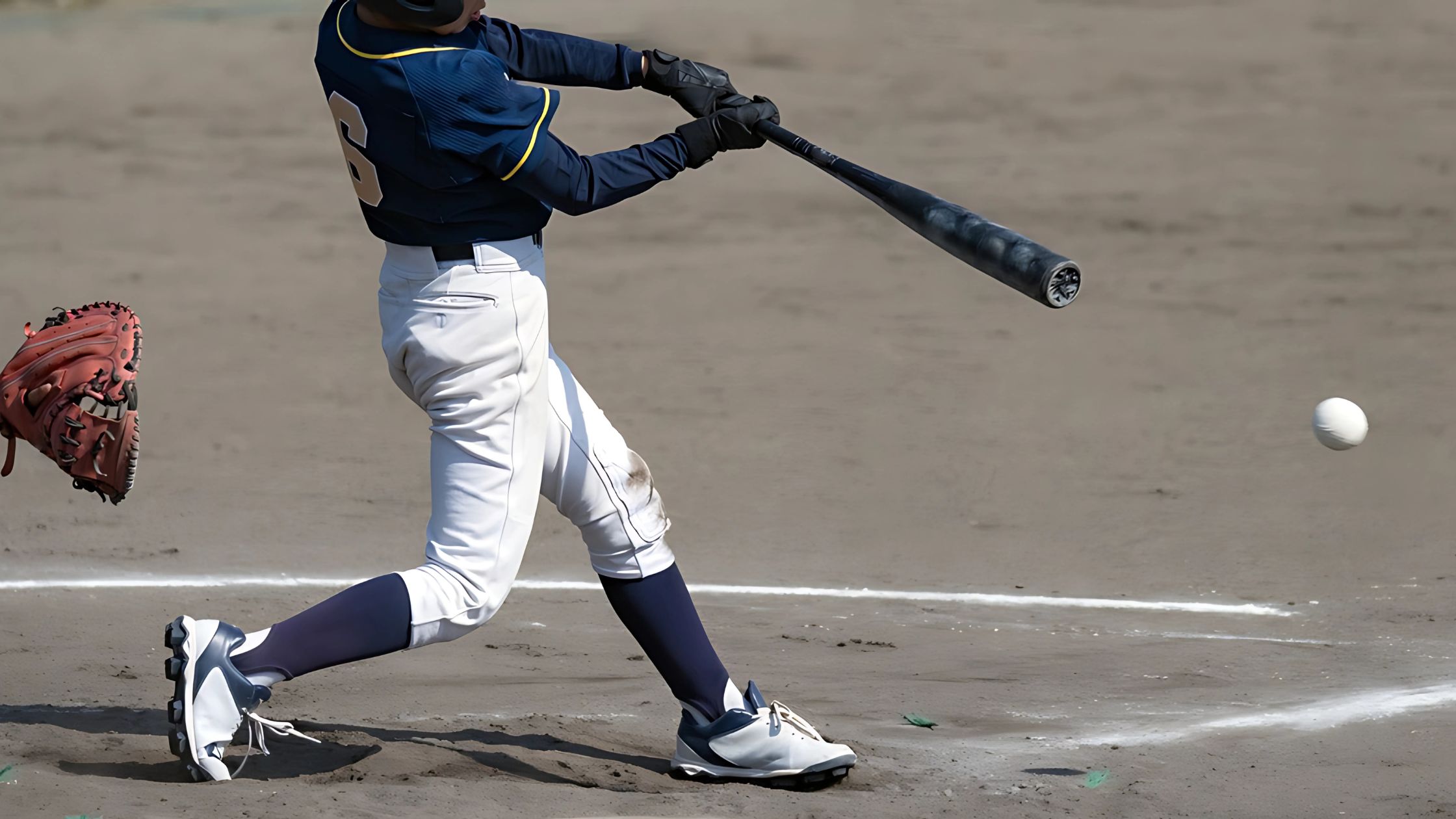
Two-seam Grip
The Two-Seam Grip gives the ball more movement. Here’s how to do it:
- Place your index and middle fingers along the seams where they are closest together.
- Your thumb should be underneath the ball, slightly off-center.
- Keep your ring and pinky fingers relaxed and out of the way.
This grip causes the ball to move more, making it harder for batters to hit. It’s perfect for pitches that need extra movement, like a sinker.
| Grip Type | Best For | Key Features |
|---|---|---|
| Four-Seam Grip | Fastballs | Straight, fast, accurate |
| Two-Seam Grip | Sinkers | More movement, harder to hit |
Practice these grips regularly. They are the foundation for many pitching techniques. Proper grips can make pitching more effective and enjoyable.
Throwing Mechanics
Throwing mechanics are the foundation of a young pitcher’s success. Proper mechanics help prevent injuries and improve accuracy. This section will break down crucial elements of throwing mechanics, focusing on the arm path and the follow-through.
Arm Path
The arm path is essential for effective pitching. It starts with the grip and extends to the release point. A good arm path ensures the pitcher delivers the ball smoothly and accurately.
Here are some key points to remember:
- Keep the arm relaxed and loose.
- Start with the hand in the glove.
- Move the arm in a circular motion.
- Maintain a consistent release point.
Young pitchers should practice their arm path regularly. Consistency in the arm path leads to better control and velocity.
Follow-through
The follow-through is just as important as the arm path. It helps ensure the pitch is accurate and reduces stress on the arm.
Follow these steps for a good follow-through:
- After releasing the ball, let the arm continue its natural path.
- Bend the front knee slightly to absorb the motion.
- Finish with the throwing hand near the opposite knee.
- Maintain balance and avoid falling off to one side.
Practicing the follow-through helps young pitchers stay consistent. A proper follow-through also minimizes the risk of injury.
Here is a quick comparison of key points:
| Aspect | Arm Path | Follow-Through |
|---|---|---|
| Importance | Smooth delivery | Accuracy and safety |
| Key Tips | Relaxed arm, circular motion | Natural motion, balanced finish |
By focusing on these elements, young pitchers can improve their game. Remember, practice makes perfect!
Accuracy Drills
Young pitchers need to throw accurately. Accuracy drills help them hit their targets. These drills improve their control and confidence. Let’s explore two effective accuracy drills.
Target Practice
Target Practice is simple but powerful. Set up a large target on a wall. Divide the target into sections using tape or markers. Use different colors for each section.
Tell the pitcher to aim for specific sections. Start with larger sections. Gradually, make the sections smaller. This helps pitchers focus their throws. They learn to hit their marks precisely.
| Section Size | Difficulty Level |
|---|---|
| Large | Easy |
| Medium | Moderate |
| Small | Challenging |
Bullseye Drill
The Bullseye Drill is great for pinpoint accuracy. Create a bullseye target with concentric circles. Each circle has a different point value.
Pitchers aim for the center to score high points. The closer to the center, the higher the points. This drill adds a fun, competitive element.
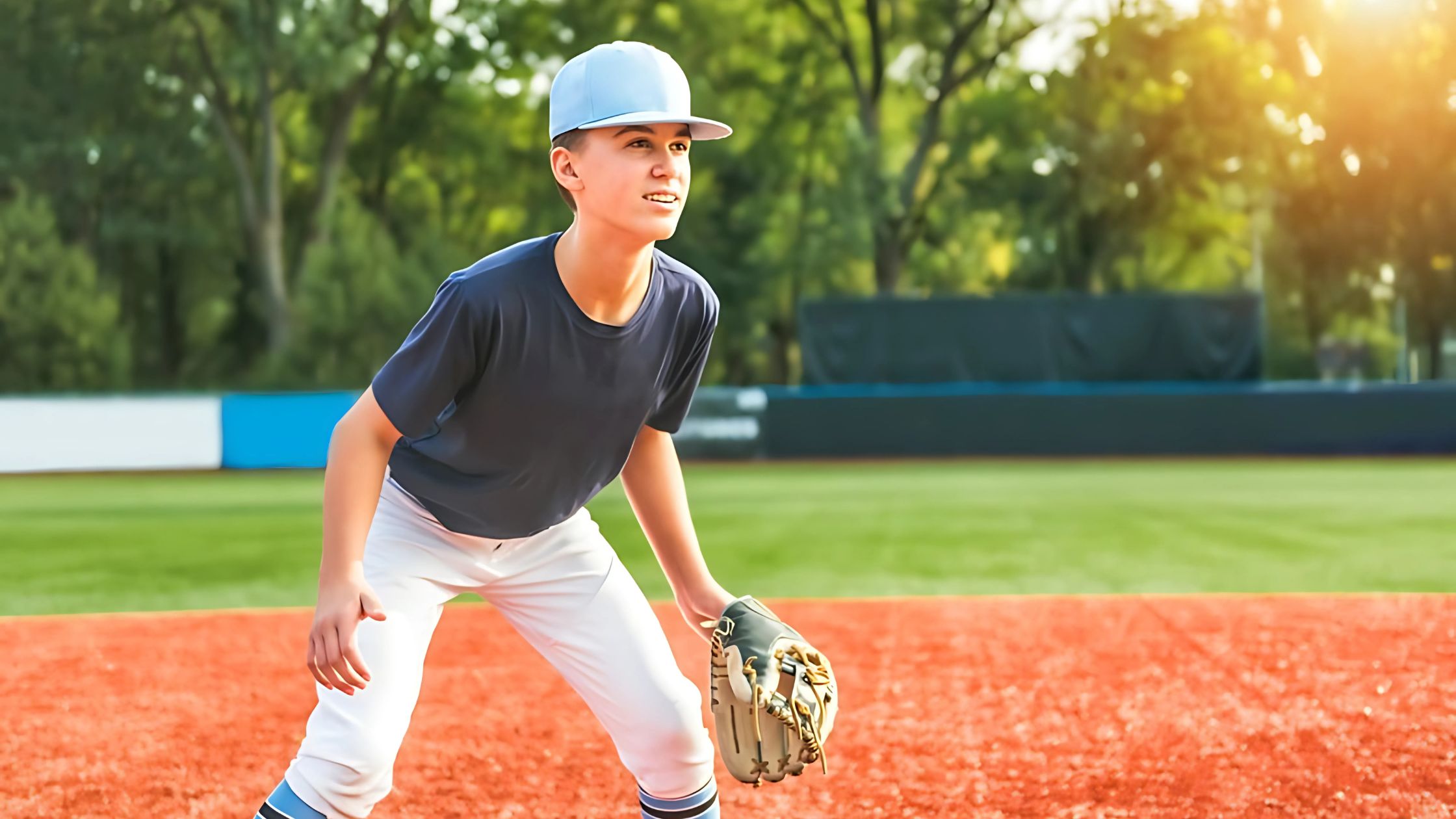
Use a scoring table to track progress:
| Circle | Points |
|---|---|
| Center | 10 |
| Next Circle | 5 |
| Outer Circle | 2 |
This drill encourages accuracy and consistency. Pitchers enjoy seeing their scores improve. Keep practicing to see better results.
Velocity Improvement
Improving a young pitcher’s velocity is crucial for their growth. Enhanced speed not only impresses scouts but also boosts their confidence. There are several drills that can help young pitchers improve their velocity.
Long Toss
Long toss is a simple yet effective drill. It helps young pitchers build arm strength. To do this drill:
- Start with a short distance of around 20 feet.
- Gradually increase the distance to 120 feet or more.
- Focus on maintaining proper form with each throw.
Long toss exercises the muscles used in pitching. This builds endurance and strength, leading to faster pitches.
Resistance Training
Resistance training is another great way to improve velocity. This involves using resistance bands or weights. Here are some exercises:
| Exercise | Equipment | Reps |
|---|---|---|
| Band Pull-Aparts | Resistance Bands | 3 sets of 15 |
| Medicine Ball Throws | Medicine Ball | 3 sets of 10 |
| Weighted Ball Tosses | Weighted Ball | 3 sets of 12 |
These exercises strengthen the key muscles used in pitching. This results in greater pitch velocity.
Pitch Variety
Learning different pitches is crucial for young pitchers. Pitch variety keeps hitters off-balance and improves the pitcher’s game. Introducing young pitchers to different pitches early helps them develop better control and confidence. Let’s explore two essential pitches: the Change-Up and the Curveball.
Change-up
The Change-Up is a slower pitch that looks like a fastball. It confuses the batter and can lead to easy outs. Here’s how to throw a change-up:
- Grip the ball with your middle and ring fingers.
- Keep your index finger and thumb on the sides of the ball.
- Use the same arm motion as your fastball.
- Release the ball softly to reduce speed.
Practicing the change-up helps young pitchers develop better control and deception. It’s a great pitch for getting ground balls and strikeouts.
Curveball
The Curveball has a unique spin and moves downward. It can be a challenging pitch to master but is very effective. Here’s how to throw a curveball:
- Grip the ball with your middle finger along the seam.
- Place your index finger next to your middle finger.
- Keep your thumb underneath the ball.
- Snap your wrist down as you release.
Young pitchers should practice the curveball slowly to avoid injury. This pitch can make hitters swing and miss, adding a valuable tool to the pitcher’s arsenal.
By incorporating these pitches, young pitchers can become more versatile. Mastering the change-up and curveball makes a pitcher unpredictable and effective on the mound.
Mental Preparation
Mental preparation is crucial for young pitchers. It helps them stay focused and confident on the mound. Proper mental techniques can significantly improve their performance.
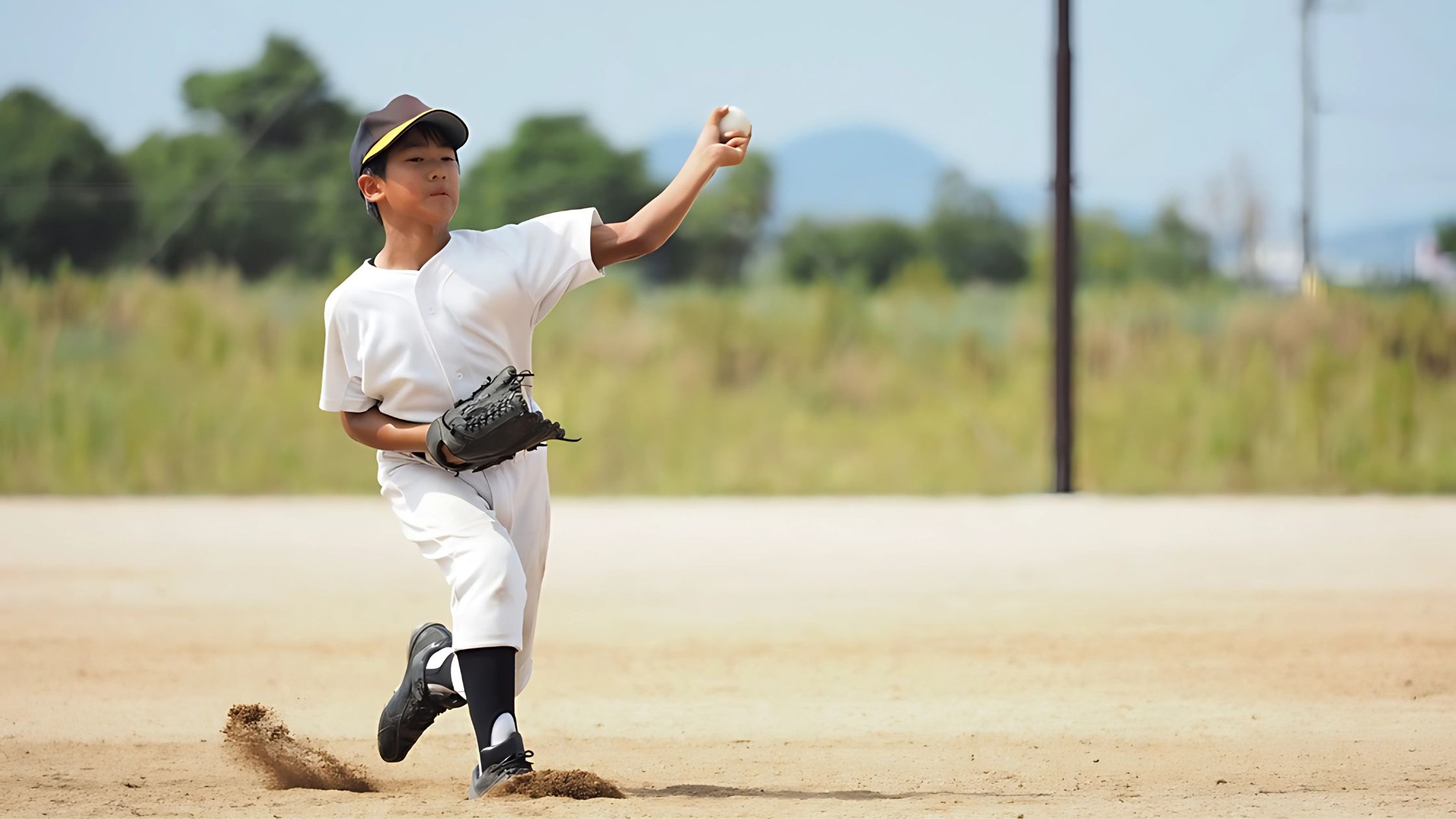
Visualization Techniques
Visualization helps pitchers mentally rehearse their game. They imagine themselves making perfect pitches. This technique boosts confidence and focus.
Here are some steps for effective visualization:
- Find a quiet place to sit.
- Close your eyes and take deep breaths.
- Picture yourself on the mound.
- Imagine the perfect pitch, from wind-up to release.
- See the ball hitting the target.
Practicing visualization daily can help young pitchers stay calm and perform better.
Breathing Exercises
Breathing exercises help pitchers stay calm and relaxed. Proper breathing reduces anxiety and increases focus.
Here are some simple breathing exercises:
- Sit or stand comfortably.
- Take a deep breath in through your nose for 4 seconds.
- Hold your breath for 4 seconds.
- Exhale slowly through your mouth for 6 seconds.
- Repeat this process 5 times.
Practicing these exercises before a game helps pitchers stay composed and ready.
Frequently Asked Questions
What Are Basic Pitching Drills For Young Pitchers?
Basic pitching drills include T-drills, balance drills, and stride drills. These help improve control, balance, and mechanics. Regular practice enhances muscle memory.
How Can Young Pitchers Improve Accuracy?
Young pitchers can improve accuracy by practicing target throwing. Focus on hitting specific spots. Consistent practice with feedback is key.
What Is The Importance Of Balance Drills?
Balance drills help young pitchers maintain stability. Better balance leads to more consistent and accurate pitches. Regular drills improve overall performance.
How Often Should Young Pitchers Practice?
Young pitchers should practice pitching drills at least three times a week. Consistent practice helps build skills and muscle memory.
Conclusion
Mastering pitching drills helps young pitchers build confidence and skill. Consistent practice ensures progress and reduces injury risks. Encourage young athletes to stay committed and enjoy the learning process. Developing strong pitching techniques early on sets the foundation for future success.
Keep supporting and motivating your young pitchers for a bright athletic future.


